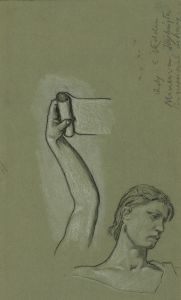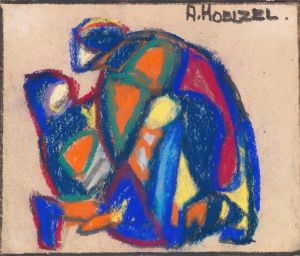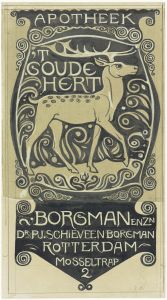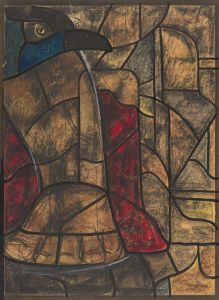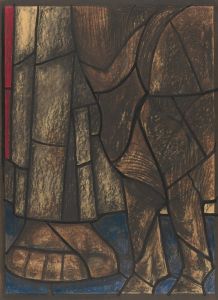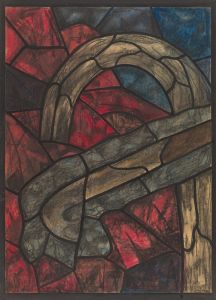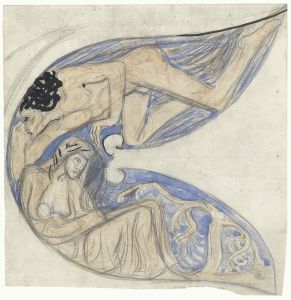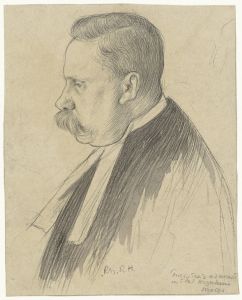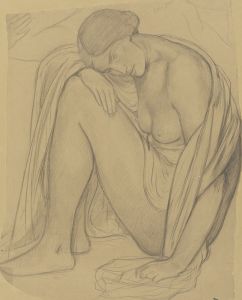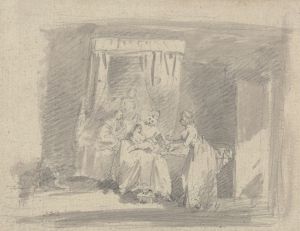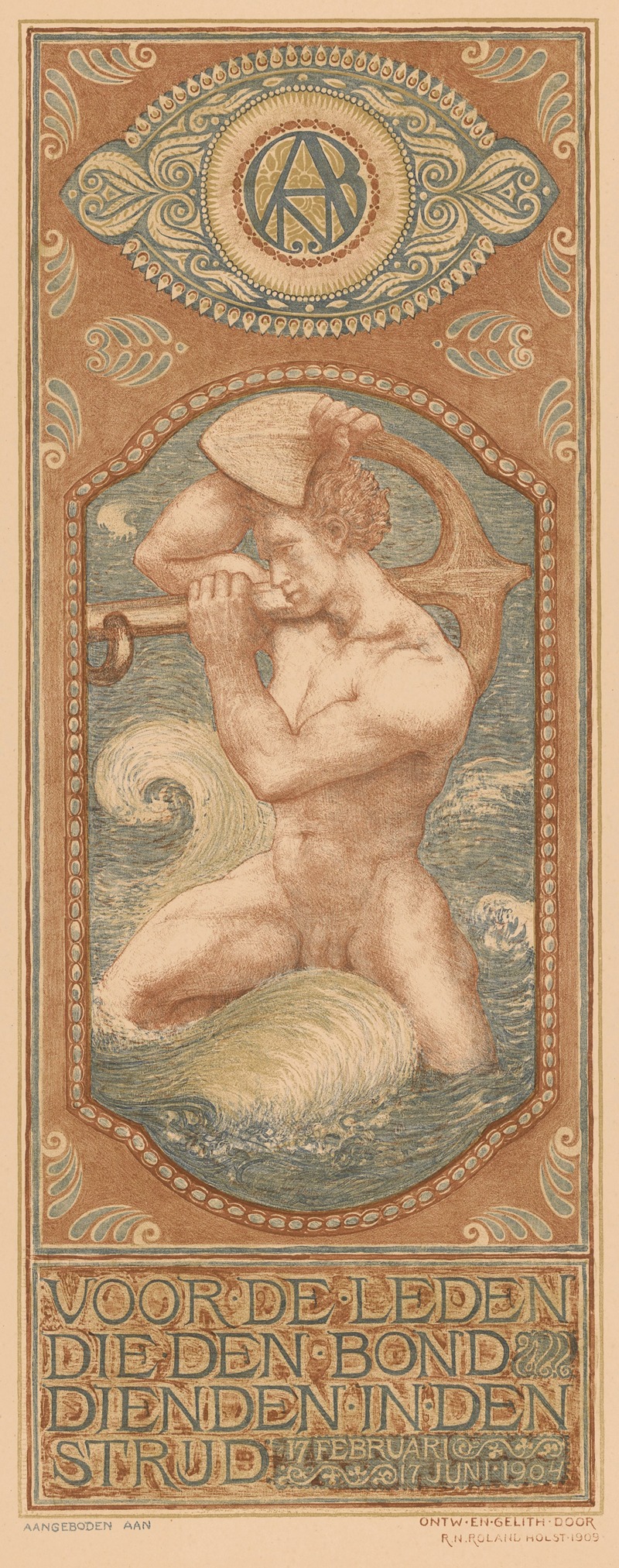
Man die een anker draagt op zijn schouders
A hand-painted replica of Richard Nicolaüs Roland Holst’s masterpiece Man die een anker draagt op zijn schouders, meticulously crafted by professional artists to capture the true essence of the original. Each piece is created with museum-quality canvas and rare mineral pigments, carefully painted by experienced artists with delicate brushstrokes and rich, layered colors to perfectly recreate the texture of the original artwork. Unlike machine-printed reproductions, this hand-painted version brings the painting to life, infused with the artist’s emotions and skill in every stroke. Whether for personal collection or home decoration, it instantly elevates the artistic atmosphere of any space.
Richard Nicolaüs Roland Holst (1868–1938) was a Dutch painter, draftsman, and designer associated with the Symbolist movement. Among his notable works is the painting Man die een anker draagt op zijn schouders (Man Carrying an Anchor on His Shoulders), which exemplifies his interest in allegorical and symbolic themes. This artwork reflects Roland Holst's characteristic style, marked by a focus on human figures and their connection to broader, often spiritual or moral, narratives.
The painting depicts a man carrying an anchor on his shoulders, a motif that can be interpreted as a symbol of burden, responsibility, or steadfastness. Roland Holst often employed such imagery to convey deeper meanings, aligning with the Symbolist movement's emphasis on evoking emotions and ideas beyond the literal representation. The anchor, a traditional symbol of hope and stability, may also suggest themes of perseverance or faith, though the artist's specific intent remains open to interpretation.
Roland Holst was deeply influenced by the social and artistic currents of his time, including the Arts and Crafts movement and the work of contemporaries such as Jan Toorop. His art often sought to bridge the gap between individual experience and collective ideals, reflecting his interest in socialism and his belief in the transformative power of art. While Man Carrying an Anchor on His Shoulders is not as widely known as some of his other works, it is representative of his broader artistic philosophy and his commitment to creating art with a moral or spiritual dimension.
The painting is executed in a style that combines elements of realism with a more stylized, symbolic approach. Roland Holst's use of muted colors and careful attention to composition enhances the contemplative mood of the piece. The figure's posture and expression suggest a sense of quiet determination, inviting viewers to reflect on the themes of endurance and purpose.
As with many of Roland Holst's works, Man Carrying an Anchor on His Shoulders reflects his belief in the role of art as a means of communication and inspiration. While specific details about the painting's creation, such as its exact date or original commission, are not widely documented, it remains an important example of his contribution to Dutch Symbolism and his exploration of universal human themes.
Further information about the painting, including its current location or provenance, is limited. However, it continues to be appreciated as part of Roland Holst's artistic legacy, which has had a lasting impact on Dutch art and the broader Symbolist movement.





